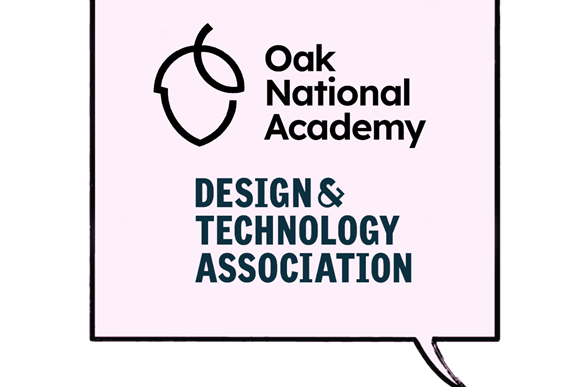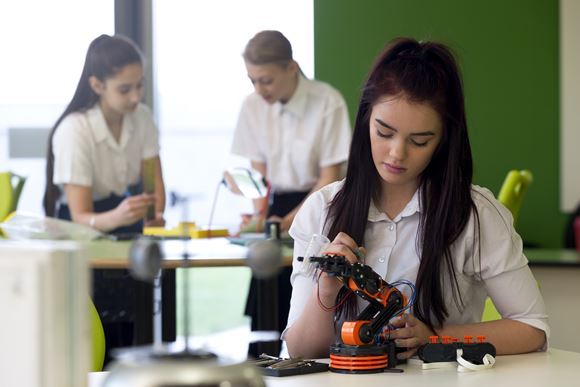Design and Technology Association response to Ofqual proposal to change the assessment of GCSE and A Levels 2021
Published 16th July 2020
I should start by recognising that we are all working in challenging times, and the proposals tabled are a response to the current trying circumstance that we face. Overall, we agree with the suggested changes for design and technology and should state that we believe that Ofqual is driven by the desire to ensure that no student is disadvantaged as a result of the disruption to learning caused by COVID-19.
The proposed changes are a response to the current situation and should be viewed as such, any changes agreed for the 2021 examinations should not be considered as setting a precedence for the future assessment of the subject.
It is a fact that due to the practical nature of our subject, design and technology will suffer from more learning disruption than several other curriculum areas. We are already hearing of schools where the school leadership has decided that there will be no practical work until after the October half-term or longer, while this is, in our opinion, an extreme response to the Government's guidance (we will be issuing our support guidance next week) it is also a fact for many schools and students.
We understand that any decision to lighten subject content, recognising that valuable teaching time has been lost, lies with the DfE and not with Ofqual. And while also acknowledging that possession of an adequate body of knowledge is a prerequisite for advancement to A Level or University/HE/Apprenticeships, we do not believe that lightening the amount of content to be delivered before next summer's examinations is an option that should be lightly dismissed by the Government. In our opinion, the lightening of subject content as a response to the current crisis does not directly correspond with a consequential lack of rigour.
The option to delay the start of GCSEs until after half term (June 7th, 2021) is one that should be carefully considered. This produces more teaching time and should allow for more thorough examination preparation. Any decision here needs to be balanced by the danger of placing students under additional pressures by attempting to squeeze too many examinations into an already tight timetable. An extended examination period should be an option, even if this results in grades being awarded slightly later than is the usual practice.
Use of optional questions in the examination paper is another way of allowing for the fact that given the loss of teaching time due to the pandemic, students may not be as confident across all areas of the subject and may meet a question where their knowledge is compromised.
The move to allow students to watch teacher demonstrations of the use of machinery is understandable, given the circumstances. Students need to have a sound understanding of materials, processes and appropriate machinery. With current requirements for students to remain socially distant, they may not have the opportunity to personally use all machines and tools that they would typically have direct access to. That said, Ofqual should recognise that it is rare that the same level of understanding is obtained from watching a demonstration than it is from actually using the tools and machinery to fulfil a design and manufacturing need.
The NEA is an integral and essential aspect of our subject; it is not to be viewed simply as an assessment outcome as it is a vital learning opportunity for all design and technology students allowing them to take the knowledge, skills and understanding that they have gained across eleven years of teaching and put it to work to solve a real problem for a client iteratively. The proposal to allow students to present 'mock-ups and/or clear/detailed intentions of prototypes' is understandable in the circumstances. Still, we feel that this requires further clarification in the following areas:
- What constitutes a prototype within the NEA? Design and technology teachers have adapted to the use of prototypes within the Pre-COVID environment, but within the proposed changes for 2021, we feel that awarding organisations, teachers and students will require a clear definition of what constitutes a successful prototype.
- Is a card model or a working model made from another adapted modelling material showing scale, dimension and detailing design intention acceptable?
- Assuming that students are still required to produce 'working' prototypes, does this mean that the prototype has to be in the form of a 3-Dimensional constructed solution, or are a series of well-drawn digital solutions acceptable so long as they clearly show scale, the working of the solution and appropriateness to the brief set?
- How will awarding organisations differentiate between schools with smaller cohorts, better more extensive facilities and highly motivated independent learners who may have been relatively unaffected by the COVID disruption and can continue with the NEA pretty much uninterrupted, from students where access to specialist advice, tools, materials and machinery has been, and may well continue to be disrupted through no fault of their own?
Finally, at the risk of repeating myself, all parties must understand that any changes made to the delivery of the subject for 2021 are to be viewed as a one-off response to an emergency situation, and are not to be seen in any way as an alternative way to deliver this important curriculum subject effectively.
Tony Ryan
CEO Design and Technology Association
Back to News


